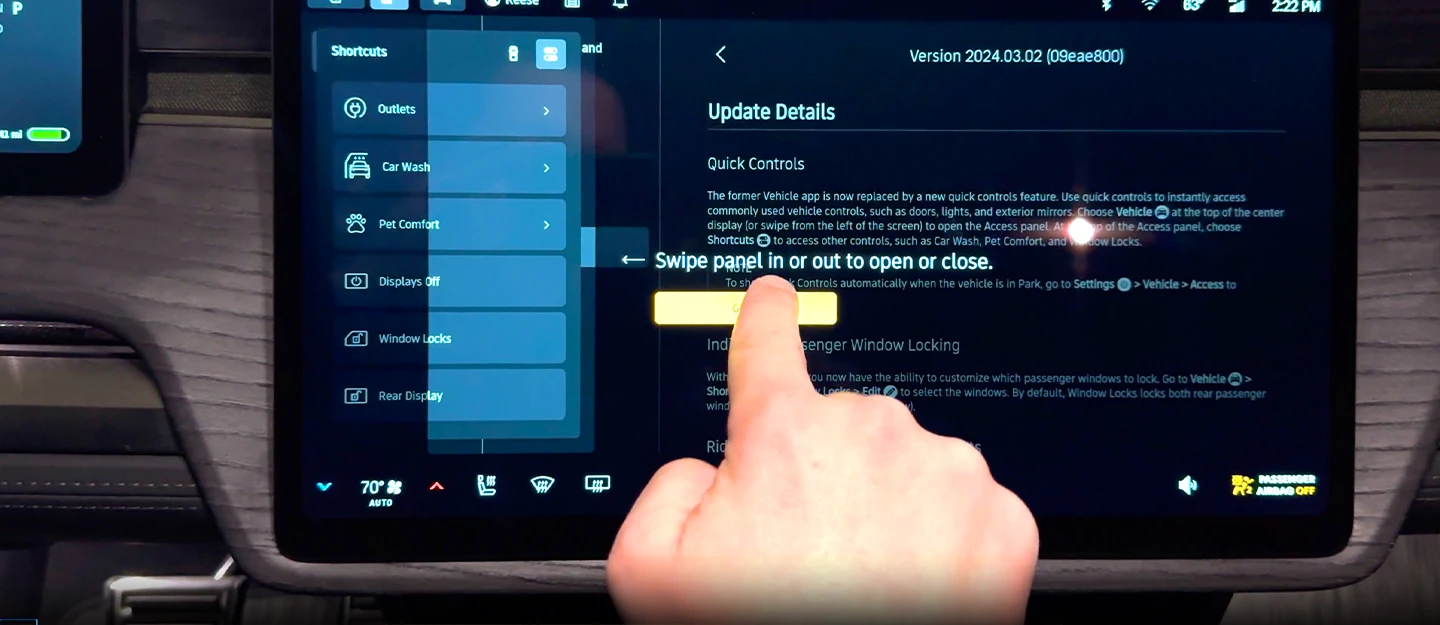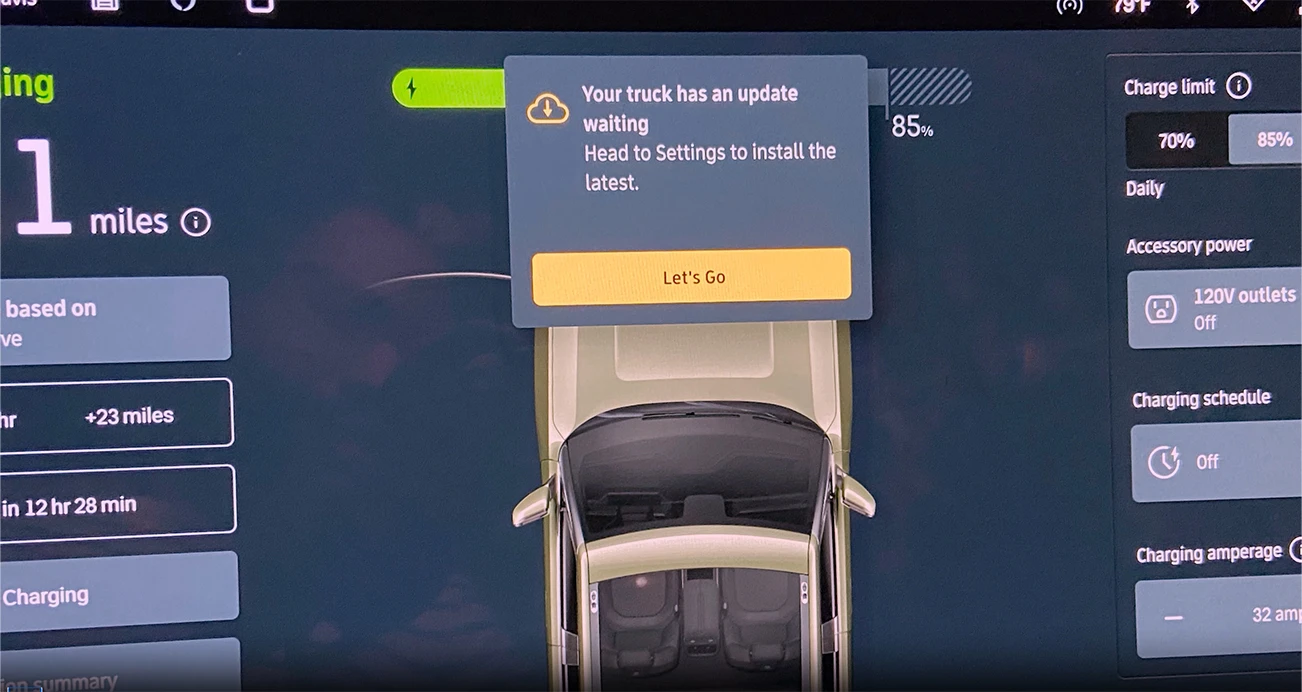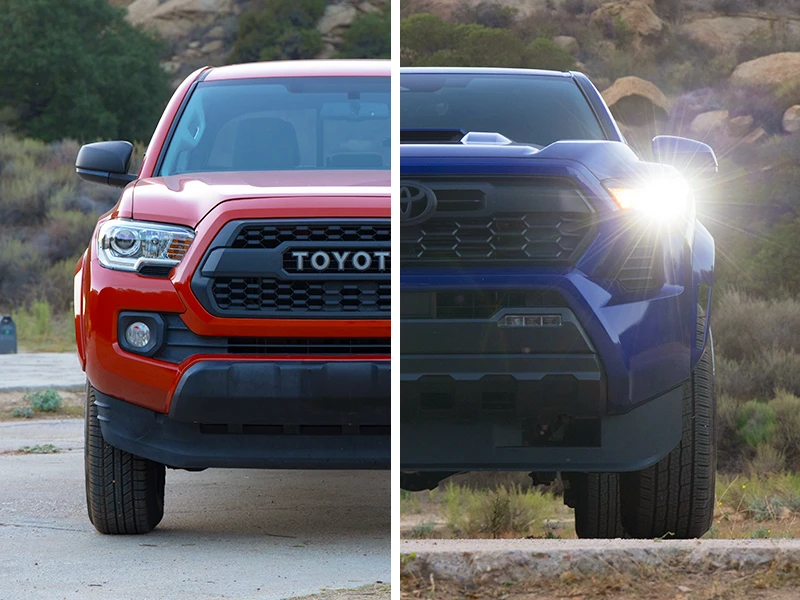
Your car needs updates just like your smartphone does.
With thousands of vehicles in our inventory, we’re here to help make car research easier for you. We’ve partnered with car-review experts from Edmunds to weigh in on what matters most when you’re looking to buy a truck or car.
***
Cars today are more tech-heavy than ever, often relying on software rather than hardware to operate important features. But as with any complex piece of computing, there are so many lines of code in play that the software can be prone to bugs. Just like your smartphone or computer, the fix for these bugs often comes in the form of a firmware or software update.
While squashing bugs is the primary goal of software updates, manufacturers will also use software to improve a vehicle's features and even bring features to the car that weren't previously there. With this in mind, here's what you need to know about vehicle software updates.
This is part of our Technology Explainers article series. If you're shopping for a vehicle that can hook up to an RV, get the technical know-how you need from our guide to vehicles that can be flat towed.

Firmware Versus Software
There are two types of tech updates: firmware and software. While many people tend to use these terms interchangeably, they're slightly different.
Firmware:
Firmware updates are a type of software used to control hardware devices, such as the powertrain, battery management system for electric vehicles (EVs), antilock braking system, and more.
Software:
Software updates typically focus on items the driver will interact with from the cab or cockpit, such as navigation, infotainment, or climate control systems.
What Do Vehicle Software Updates Fix?
Vehicle software updates tend to fall under three categories: refinement, enhancement, and upgrades.
Refinements:
Refinements can be bug fixes for something that doesn't work properly or improvements in the way a certain feature works. These updates can address things such as stabilizing an operating system that crashes, updating the navigation system, or overhauling the appearance of the car's infotainment system. These sorts of vehicle software updates are almost always free for the owner.
Enhancements:
Enhancement software updates allow for more significant improvements on tech-heavy vehicles, such as electric cars or work trucks on towing duty. The goal of these enhancements is to add to the vehicle's perceived value because customers tend to get the feeling that their car is getting better after they've purchased it. These updates improve more noticeable features such as an EV's battery range or braking performance or might even add a video game or streaming service to the infotainment system. These features are also free in most cases.

Upgrades:
Upgrades technically fall under the "enhancement" category, but the difference is that they are typically offered to the customer for a fee. These upgrades don't necessarily add any hardware—the potential functionality has always been on the car. Instead, you're paying for the automaker to "unlock" that feature via software.
On a Tesla, for example, you can add Full Self-Driving (Supervised) to any of its vehicles for $8,000 at any point before or after you've purchased it.
Other examples are the Mercedes-Benz EQE 350 and EQS 450. For powertrain oomph, owners can purchase an "Acceleration Increase" that adds 60 horsepower and 80 horsepower, respectively. It costs $1,950 on the EQE and $2,950 on the EQS.
In 2019, BMW experimented with offering Apple CarPlay® as a subscription for its ConnectedDrive suite of app services, at $80 per year or $300 for 20 years. After negative feedback from its customers, the automaker reversed its policy and made the feature free.
How Updates Get to Your Car
Vehicle updates are typically delivered in two ways: flash programming and over-the-air.
Flash programming:
Flash programming is usually performed at the dealership and involves the mechanic directly plugging into the car's computer via a serial or USB port. From there, the new firmware is uploaded or "flashed" onto the hardware. This is how many cars were updated before the onset of vehicles with a built-in cellular or Wi-Fi connection. In some cases, owners are able to perform these updates themselves by downloading the necessary update from the automaker's website to a USB flash drive and installing it themselves.
Over-the-air (OTA):
As the name suggests, over-the-air updates deliver the software update wirelessly, first downloading the data and then installing it on the vehicle's computer. OTA updates are more common on newer vehicles with either cellular or Wi-Fi connections. The advantage of OTA updates is that they save the owner a trip to the dealership since the vehicle can handle the update itself. They are also good for addressing immediate safety concerns since the automaker can push out the update to its customers without them needing to schedule a trip to the service department.
Software Updates Are Here to Stay
For better or worse, vehicle software updates will be as inevitable and commonplace in the years to come as those on your smartphone. They make it convenient to fix bugs and also make for a pleasant surprise when an automaker adds a new feature or a performance increase.
Most of these updates will be free, but don't be surprised to see features for sale, cropping up as software upgrades, as automakers test the waters of what their customers are willing to pay.




